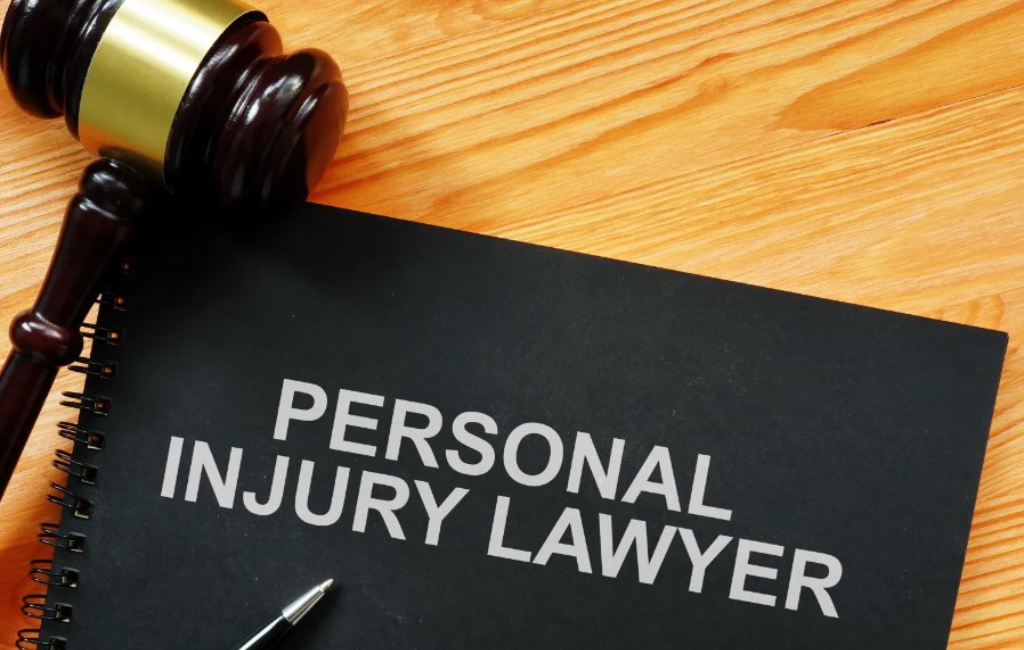Personal Injury Lawyer Cases

Personal Injury Lawyer Cases
Personal injury cases hinge on the ability to prove that the defendant’s actions caused harm to the plaintiff. Evidence plays a pivotal role in establishing this connection and securing a favorable outcome. This article explores the significance of evidence in personal injury cases, providing insights into different types of evidence, their impact, and real-world examples.
Types of Evidence in Personal Injury Cases
Evidence in personal injury cases can be categorized into several types, each serving a unique purpose in building a strong case. These include:
- Physical Evidence
- Documentary Evidence
- Testimonial Evidence
- Expert Witness Testimony
- Photographic and Video Evidence
Physical Evidence
Physical evidence refers to tangible items that can be presented in court. This can include damaged property, clothing, or any object that can demonstrate the extent of the injury or the circumstances surrounding the incident. For instance, a broken helmet in a motorcycle accident case can illustrate the severity of the impact.
Documentary Evidence
Documentary evidence encompasses written or printed materials that support the claims made in a case. Medical records, police reports, and accident reports fall under this category. These documents provide a factual basis for the injuries sustained and the events leading up to the incident.
Testimonial Evidence
Testimonial evidence involves statements made by witnesses under oath. Eyewitnesses can offer firsthand accounts of the incident, while character witnesses can speak to the plaintiff’s condition before and after the injury. Their testimonies can corroborate other pieces of evidence and provide a narrative of the events.
Expert Witness Testimony
Expert witnesses bring specialized knowledge to the case. Medical experts can explain the nature and extent of injuries, while accident reconstruction experts can provide insights into how the incident occurred. Their professional opinions can lend credibility to the claims made by the plaintiff.
Photographic and Video Evidence
Photographs and videos can capture the scene of the accident, the injuries sustained, and the aftermath. This type of evidence can be compelling, as it provides a visual representation of the incident. For example, surveillance footage from a store can show the exact moment a slip and fall occurred.
The Impact of Evidence on Case Outcomes
The strength and quality of evidence can significantly influence the outcome of a personal injury case. Strong evidence can lead to favorable settlements or verdicts, while weak or insufficient evidence can result in the dismissal of the case. Here are some ways evidence impacts case outcomes:
- Establishing Liability
- Proving Damages
- Negotiating Settlements
- Influencing Jury Decisions
Establishing Liability
Evidence is crucial in proving that the defendant’s actions directly caused the plaintiff’s injuries. For instance, in a car accident case, evidence such as traffic camera footage, skid marks, and witness statements can help establish who was at fault.
Proving Damages
To secure compensation, the plaintiff must demonstrate the extent of their damages. Medical records, bills, and expert testimony can provide a clear picture of the physical, emotional, and financial impact of the injury. This evidence is essential in quantifying the compensation sought.
Negotiating Settlements
Strong evidence can lead to more favorable settlement negotiations. When the defendant’s legal team is presented with compelling evidence, they may be more inclined to settle out of court to avoid a potentially costly trial.
Influencing Jury Decisions
In cases that go to trial, the jury’s decision is heavily influenced by the evidence presented. Clear, concise, and compelling evidence can sway the jury in favor of the plaintiff, leading to a favorable verdict.
Case Studies Highlighting the Role of Evidence
Examining real-world cases can provide a deeper understanding of how evidence impacts personal injury cases. Here are two notable examples:
Case Study 1: The McDonald’s Hot Coffee Case
In 1992, Stella Liebeck sued McDonald’s after suffering third-degree burns from spilled hot coffee. The evidence presented included medical records, expert testimony on the coffee’s temperature, and internal McDonald’s documents showing prior complaints. This evidence was instrumental in securing a $2.7 million jury award, later reduced to $480,000.
Case Study 2: The Erin Andrews Peeping Tom Case
Sportscaster Erin Andrews sued a hotel and a stalker after being secretly filmed through a peephole. The evidence included video footage, expert testimony on hotel security, and emotional distress documentation. The jury awarded Andrews $55 million, highlighting the power of comprehensive evidence.
Statistics on Evidence and Case Outcomes
Statistics underscore the importance of evidence in personal injury cases. According to a study by the Insurance Research Council:
- Cases with strong evidence are 70% more likely to result in favorable settlements.
- Jury awards are 50% higher in cases with compelling expert testimony.
- Cases with photographic evidence have a 60% higher success rate.
Conclusion
Evidence is the cornerstone of personal injury cases, playing a critical role in establishing liability, proving damages, and influencing case outcomes. Different types of evidence, from physical items to expert testimony, contribute to building a strong case. Real-world examples and statistics further illustrate the impact of evidence on securing favorable settlements and verdicts. For personal injury lawyers, gathering and presenting compelling evidence is key to achieving justice for their clients.